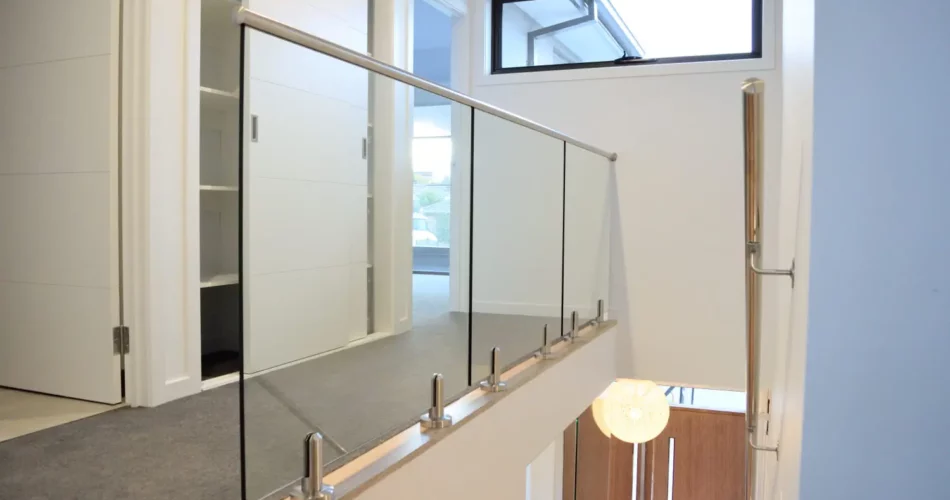When it comes to choosing railings for a property, the decision often comes down to glass or traditional materials like wood, metal, or concrete. Each type has its own set of advantages and characteristics, making them suitable for different applications. This article provides a comparative analysis of glass railings https://artlookglass.com/ and traditional railing materials, helping you make an informed decision for your architectural needs.
Aesthetic Appeal
Glass Railings: Modern and Sleek
Glass railings offer a modern and sleek aesthetic. They provide a minimalist look and are particularly favored in contemporary architectural designs. Their transparency creates an illusion of more space, making them ideal for smaller areas or spaces where an unobstructed view is desired.
Traditional Railings: Classic and Versatile
Traditional materials like wood, metal, and concrete offer a more classic look. They can be crafted into various designs, from simple and rustic to intricate and ornate, making them versatile for different architectural styles.
Durability and Maintenance
Longevity of Glass Railings
Glass railings are made from tempered or laminated glass, which is highly durable and resistant to weather conditions. They require minimal maintenance, usually only needing regular cleaning to maintain their appearance.
Upkeep of Traditional Railings
Traditional materials may require more maintenance over time. Wood can need regular staining or painting, metal may rust and require refinishing, and concrete can crack or chip.
Safety and Security
Strength of Glass
Modern glass railings are designed to be very safe and secure. Tempered glass, in particular, is extremely strong and shatter-resistant, making it a safe option for high-traffic areas and high-rise installations.
Robustness of Traditional Materials
Traditional materials are also known for their strength and security. Metal railings, for example, are very sturdy and can offer a high level of protection.
Installation and Customization
Ease of Installation for Glass
Glass railings can be relatively straightforward to install, especially in modular systems. However, handling large glass panels requires care and precision.
Customization of Traditional Railings
Traditional materials offer more options for customization. Wood, metal, and concrete can be shaped, carved, or welded into unique designs, allowing for a high degree of personalization.
Cost Considerations
Investment in Glass Railings
The initial cost of glass railings can be higher than some traditional materials. However, their durability and low maintenance requirements can make them cost-effective in the long term.
Budgeting for Traditional Railings
The cost of traditional railings varies widely based on the material and design complexity. Some materials like wood can be more affordable but may incur higher maintenance costs over time.
Environmental Impact
Eco-Friendly Aspects of Glass
Glass is a sustainable material, especially when recycled glass is used. It also allows for natural light penetration, which can reduce energy costs.
Sustainability of Traditional Materials
The environmental impact of traditional materials depends on the source and treatment. For example, sustainably sourced wood or recycled metal can be eco-friendly choices.
Conclusion
Both glass and traditional railings have their own unique set of benefits and drawbacks. Glass railings offer a modern, sleek look with minimal maintenance and excellent durability, making them suitable for contemporary designs. Traditional railings provide classic appeal and extensive customization options, fitting a range of architectural styles. The choice between the two will depend on factors such as aesthetic preference, maintenance willingness, safety requirements, and budget. Understanding these differences can help in selecting the most suitable railing type for your specific architectural project.
